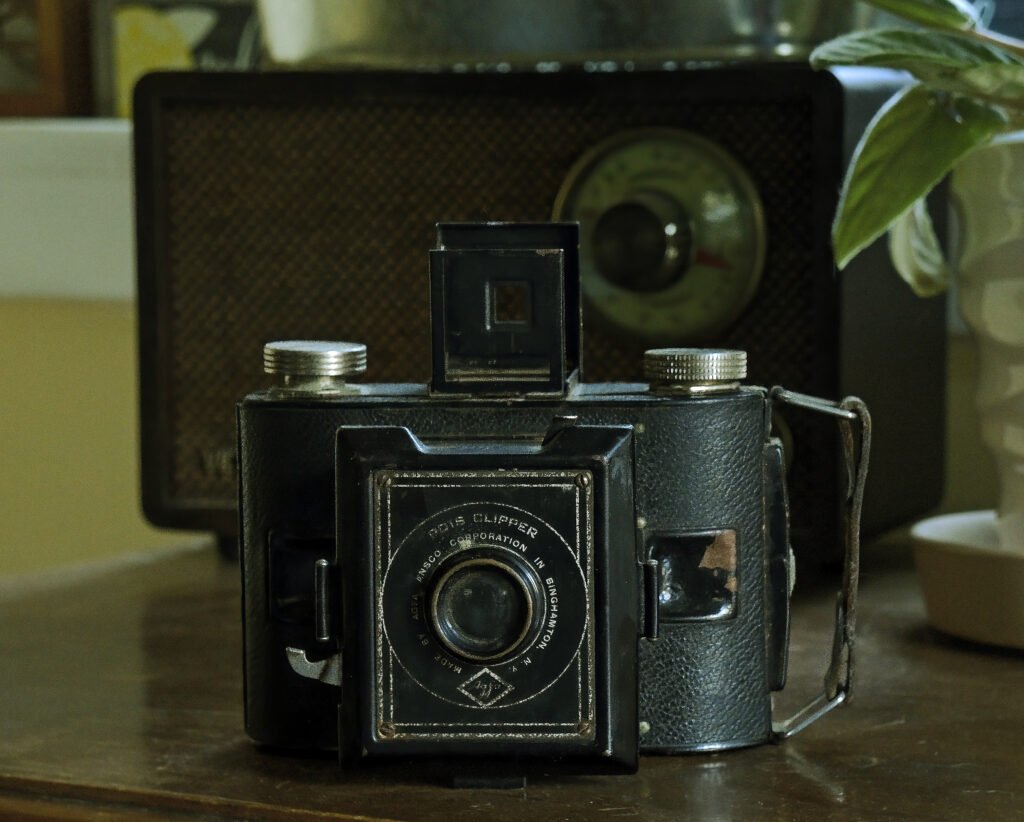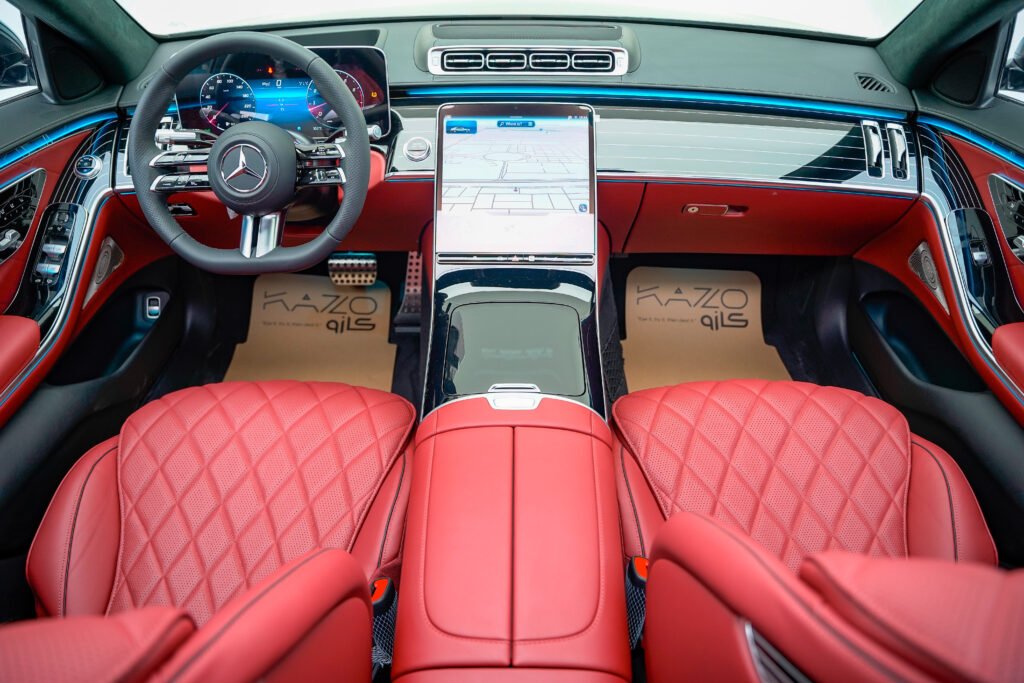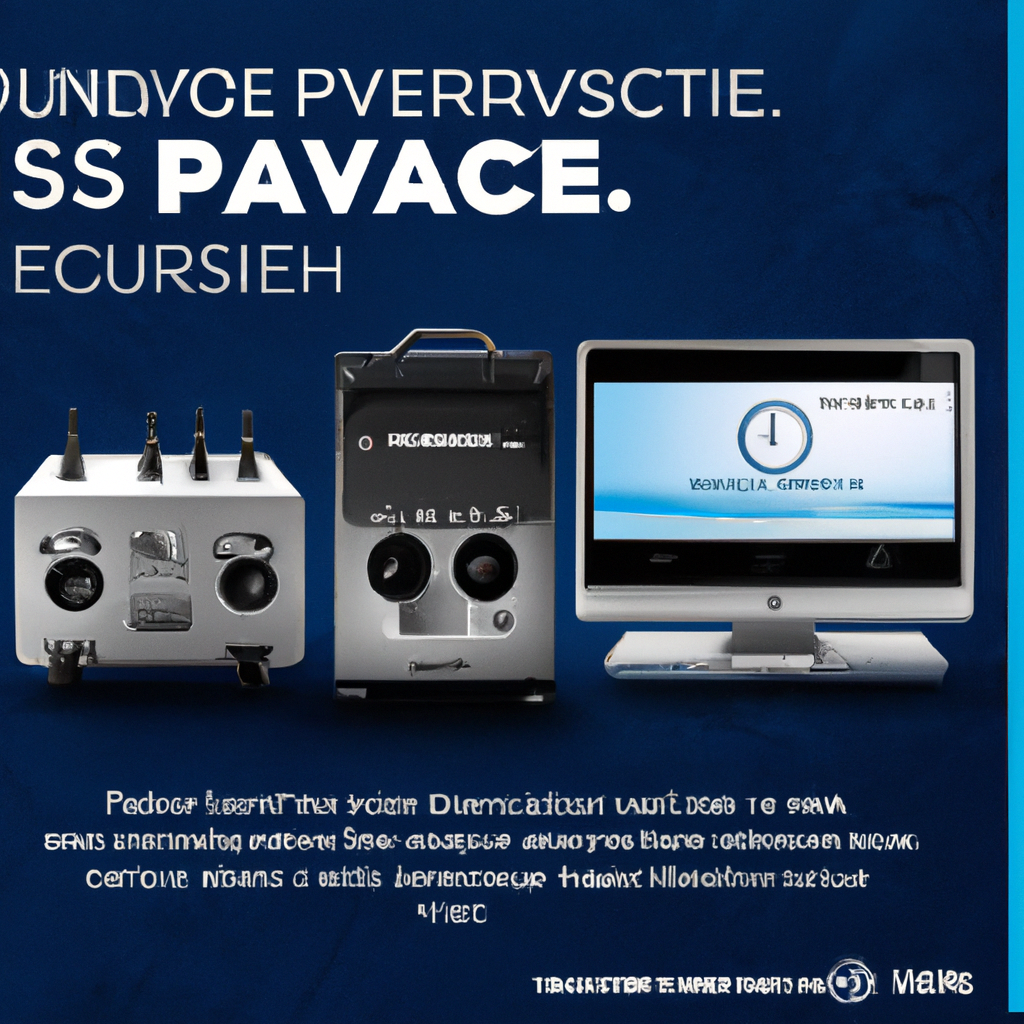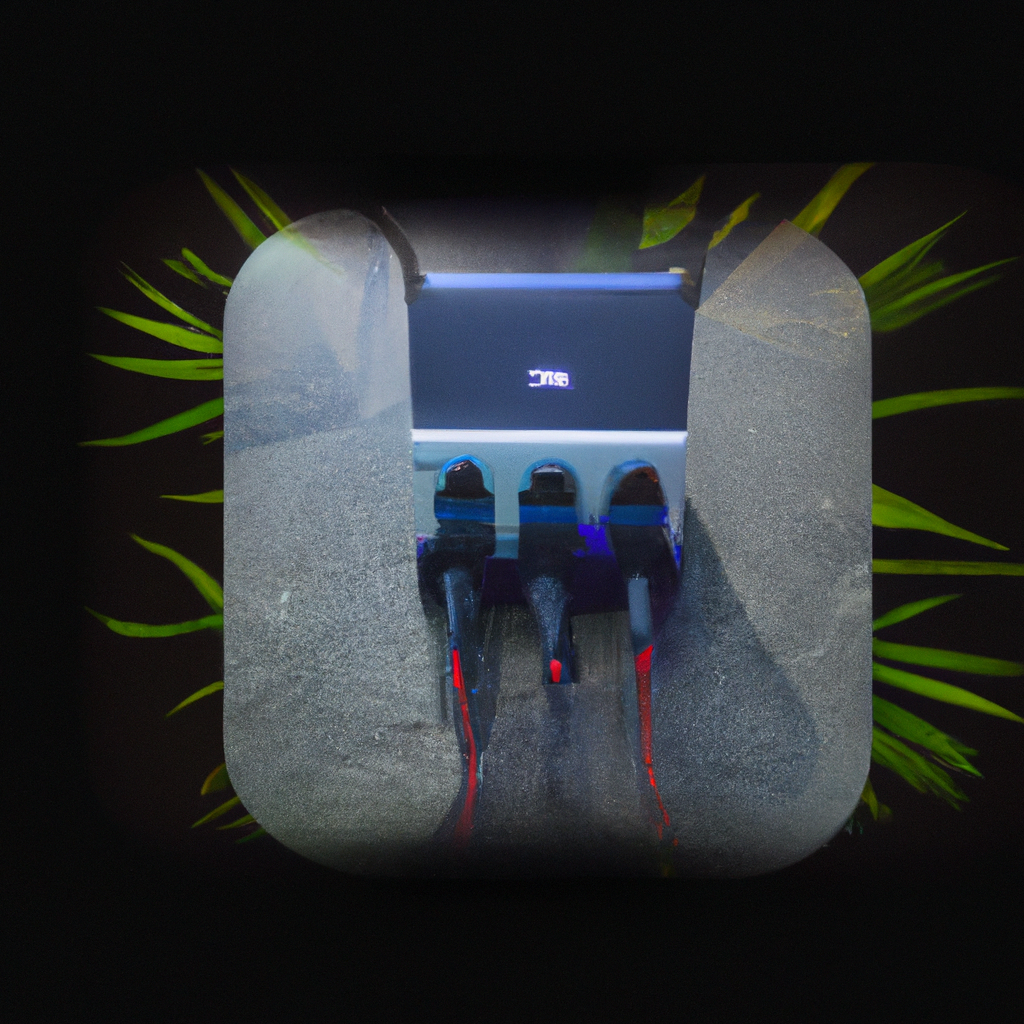
Finding the right surge protector for your AV equipment can be a daunting task, with so many options available in the market. But fear not, as we are here to help you navigate through the range of choices and make an informed decision. Whether you have a home theater system or professional audio-visual setup, selecting the right surge protector is crucial to safeguarding your valuable equipment from power surges and voltage spikes. In this article, we will guide you through the key factors to consider, such as joule rating, clamping voltage, outlets, and additional features, to ensure that you choose the perfect surge protector for your AV needs.

Factors to Consider
Power Handling Capacity
When choosing a surge protector for your AV equipment, one of the most important factors to consider is the power handling capacity. This refers to the maximum amount of power that the surge protector can handle without malfunctioning or becoming overwhelmed. To determine the power handling capacity you need, you will need to assess the power requirements of your AV equipment, including the wattage of each device. Make sure to choose a surge protector that has a power handling capacity equal to or greater than the total wattage of your AV equipment to ensure optimal protection.
Joule Rating
The joule rating is another crucial factor to consider when selecting a surge protector. The joule rating indicates the amount of energy the surge protector can absorb before it fails to provide protection. A higher joule rating means that the surge protector can handle larger and more frequent power surges without being compromised. It is recommended to choose a surge protector with a joule rating of at least 1000 joules for standard AV equipment protection. However, if you have high-end or expensive AV equipment, it is advisable to opt for surge protectors with higher joule ratings to provide greater protection.
Response Time
Response time is an essential factor to consider as it determines how quickly the surge protector can react and divert excess voltage away from your AV equipment. A shorter response time means that the surge protector can detect and respond to power surges more swiftly, minimizing the risk of damage to your AV equipment. Look for surge protectors with response times measured in nanoseconds (ns) for the best protection against sudden voltage spikes.
Number of Outlets
The number of outlets is an important consideration when selecting a surge protector. Assess the number of AV devices you need to connect and protect, taking into account any future additions or expansions to your setup. Ensure that the surge protector has enough outlets to accommodate all your AV equipment, as overloading the surge protector by using multiple power strips can inhibit its effectiveness and compromise its protective capabilities.
Type of Outlets
When it comes to the type of outlets, there are two primary considerations: standard power outlets and USB ports. If you have AV equipment that requires USB connections, such as smartphones, tablets, or Bluetooth devices, it can be convenient to choose a surge protector that includes USB ports in addition to standard power outlets. This allows you to charge and protect your devices without the need for additional adapters or power bricks. Consider your AV equipment’s connectivity requirements and choose a surge protector that offers the appropriate outlet types and quantities.
Protection Modes
Voltage Protection
Voltage protection is a fundamental function of a surge protector. It safeguards your AV equipment by diverting excess voltage away from the devices during power surges. Surge protectors with voltage protection use metal oxide varistors (MOVs) or other similar technologies to detect and absorb excessive voltage. When selecting a surge protector, ensure that it offers reliable voltage protection to prevent potential damage caused by voltage spikes.
Current Protection
Along with voltage protection, surge protectors should also provide current protection for your AV equipment. Current protection involves limiting the flow of current to a safe level, preventing overloading and potential damage to your devices. Look for surge protectors that offer both voltage and current protection to ensure comprehensive protection for your AV equipment.
Neutral Protection
Neutral protection is an additional layer of safety provided by some surge protectors. It protects against the potential threat of reverse voltage, which can occur due to wiring issues or faulty appliances. Surge protectors with neutral protection monitor the voltage on both the live and neutral wires, diverting any reverse voltage away from your AV equipment. While not all surge protectors offer neutral protection, it can be beneficial to opt for one that does for enhanced safety and peace of mind.
Clamping Voltage
What is Clamping Voltage?
Clamping voltage is the maximum voltage level that a surge protector will allow to pass through to your AV equipment during a power surge. Once the clamping voltage is reached, the surge protector activates and diverts the excess voltage away from your devices. The lower the clamping voltage, the better the surge protector can protect your AV equipment from voltage spikes.
Ideal Clamping Voltage
When choosing a surge protector for your AV equipment, it is advisable to look for a clamping voltage level of 400 volts or less. A lower clamping voltage means that the surge protector will activate faster and shunt more voltage away from your AV equipment, providing superior protection.
EMI/RFI Noise Filtration
Importance of Noise Filtration
EMI (Electromagnetic Interference) and RFI (Radio Frequency Interference) noise can be present in the electrical power supply and can affect the performance of your AV equipment. Surge protectors with noise filtration capabilities help reduce or eliminate this unwanted interference, resulting in better audio and video quality. By choosing a surge protector with effective EMI/RFI noise filtration, you can ensure optimal performance from your AV equipment without any distortions caused by electrical noise.
Noise Filtration Ratings
When evaluating surge protectors, look for models with high-quality noise filtration capabilities, often measured in decibels (dB). The higher the decibel rating, the greater the surge protector’s ability to filter out unwanted electrical noise. Noise filtration ratings typically range from 20dB to 60dB. Opt for surge protectors with higher decibel ratings for superior noise filtration and a more pristine audio and visual experience.

Additional Features
Built-in Circuit Breaker
A surge protector with a built-in circuit breaker can provide an additional layer of protection for your AV equipment. This feature automatically trips or shuts off the power in the event of an overload or short circuit, preventing damage to your devices and minimizing the risk of fire. The built-in circuit breaker acts as a safeguard, disconnecting the power supply to your AV equipment until the issue is resolved. Consider surge protectors with this feature for added safety and convenience.
Indicator Lights
Surge protectors equipped with indicator lights offer a visual indication of their status and can provide valuable information about the health and functionality of the unit. Common indicator lights include power-on indicators, surge protection status indicators, and grounding indicators. These lights allow you to easily monitor the surge protector’s operation and ensure it is functioning optimally.
Fire-resistance Rating
Fire-resistance is an essential feature to consider when selecting a surge protector. Look for surge protectors with a high fire-resistance rating, such as UL94 V-0, which indicates the material’s ability to withstand and self-extinguish in the event of a fire. Surge protectors with a robust fire-resistance rating provide an additional layer of protection for your AV equipment, ensuring it remains safe even in the event of a severe power surge or electrical fault.
Product Quality and Brand Reputation
Researching Brands
When it comes to surge protectors, product quality and brand reputation play a significant role in determining the reliability and effectiveness of the device. Researching different brands can provide valuable insights into their manufacturing processes, quality control measures, and overall reputation within the industry. Look for well-established brands known for producing high-quality surge protectors that meet safety standards and provide reliable protection for AV equipment.
Reading Customer Reviews
Customer reviews can offer valuable firsthand experiences and feedback about surge protectors. Reading reviews from other customers who have used the surge protector you are considering can help you gauge its performance, reliability, and durability. Pay attention to both positive and negative reviews to get a comprehensive understanding of the surge protector’s pros and cons. Additionally, consider reviews from reputable sources, such as industry experts or professional reviewers, to ensure you are getting reliable and unbiased information.

Compatibility and Connectivity
Plug Type and Design
When selecting a surge protector, consider the plug type and design to ensure compatibility with your existing power outlets and AV equipment. Choose a surge protector with the correct plug type for your geographical region to ensure a proper and secure connection. Additionally, consider the surge protector’s design, particularly if you have AV equipment with bulky power adapters or transformers. Look for surge protectors with widely spaced outlets or adjustable outlet orientations to accommodate various plug sizes and configurations.
Cord Length
The cord length of the surge protector is an important aspect to consider, as it determines the flexibility and reach of your AV equipment’s power connection. Evaluate the distance between the power outlet and your AV setup, and choose a surge protector with an appropriate cord length that allows for optimal positioning without creating clutter or strain on the cables. Longer cord lengths can provide added convenience, particularly when dealing with hard-to-reach power outlets.
Warranty and Customer Support
Manufacturer’s Warranty
When investing in a surge protector for your AV equipment, it is crucial to consider the manufacturer’s warranty offered with the product. A reliable warranty provides assurance that the manufacturer stands behind the quality and performance of their surge protector. Carefully review the warranty terms and duration, as they can vary between brands and models. Choose surge protectors with extended warranties and reputable manufacturers, as this indicates their confidence in the product’s durability and longevity.
Customer Support and Returns
In addition to warranty coverage, it is essential to assess the customer support provided by the surge protector manufacturer. Look for brands that offer responsive and helpful customer support, including easily accessible channels for inquiries or technical assistance. Additionally, check the return policy of the surge protector to ensure that if you encounter any issues or are dissatisfied with the product, you have the option to return it within a reasonable timeframe.

Budget Considerations
Balancing Quality and Price
When it comes to surge protectors, it is important to strike a balance between quality and price. While it can be tempting to opt for the cheapest option available, investing in a higher-quality surge protector can provide better protection and longevity for your AV equipment. Consider your budget and prioritize surge protectors that offer a robust combination of features, durability, and brand reputation. Remember, compromising on a surge protector’s quality can result in inadequate protection for your valuable AV equipment.
Avoiding Counterfeit Products
When shopping for surge protectors, be cautious of counterfeit products that may be available at significantly lower prices. Counterfeit surge protectors not only lack the necessary protective capabilities but also pose a significant risk of malfunction and fire hazards. Stick to reputable retailers and authorized sellers to ensure you are purchasing genuine surge protectors that meet safety standards and provide reliable protection.
Conclusion
Selecting the right surge protector for your AV equipment involves considering several key factors. Assess the power handling capacity, joule rating, response time, number of outlets, and type of outlets to ensure the surge protector meets your equipment’s requirements. Understand the importance of voltage, current, and neutral protection for comprehensive protection against power surges. Look for surge protectors with an ideal clamping voltage and effective EMI/RFI noise filtration for optimal AV performance. Consider additional features such as built-in circuit breakers, indicator lights, and fire-resistance ratings for enhanced safety and convenience. Research brands and read customer reviews to determine the quality and reliability of surge protectors. Evaluate compatibility and connectivity features, including plug type, design, and cord length. Consider warranty coverage, customer support, and return policies when making your purchase. Finally, balance your budget with the need for quality and avoid counterfeit products for the utmost protection of your AV equipment. With these considerations in mind, you can confidently choose the right surge protector that safeguards your AV equipment and provides a reliable power protection solution.






